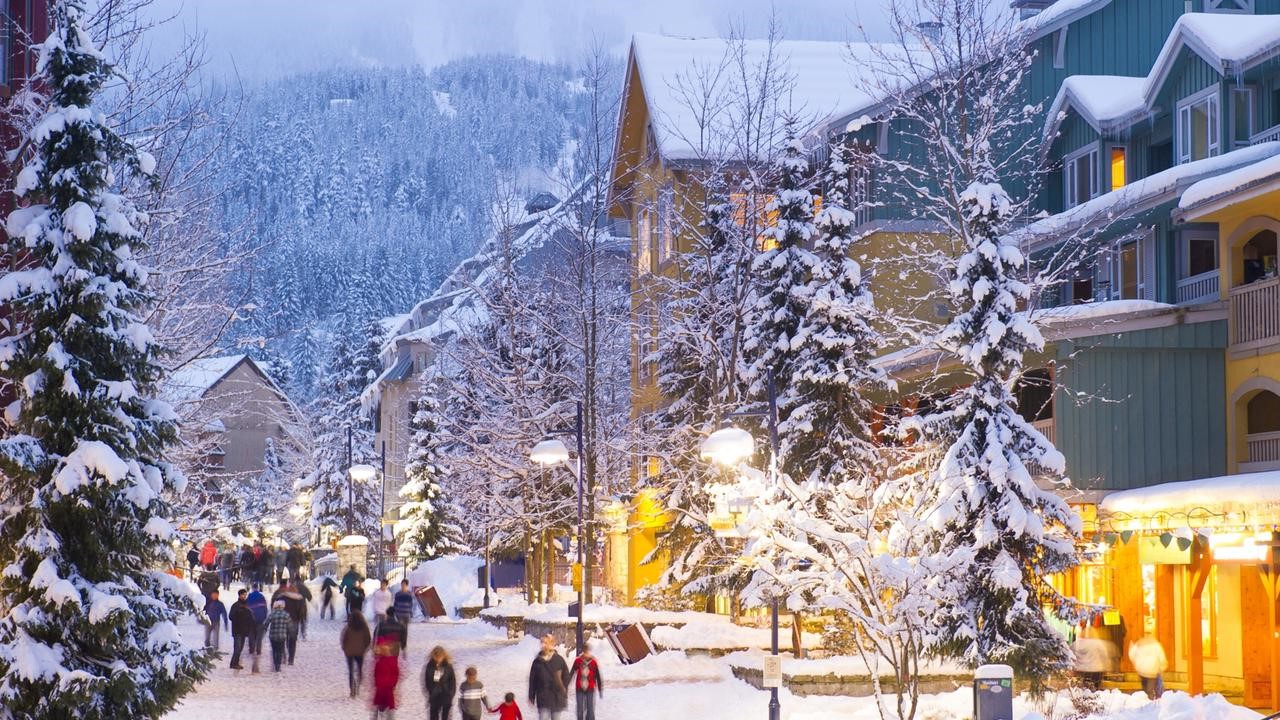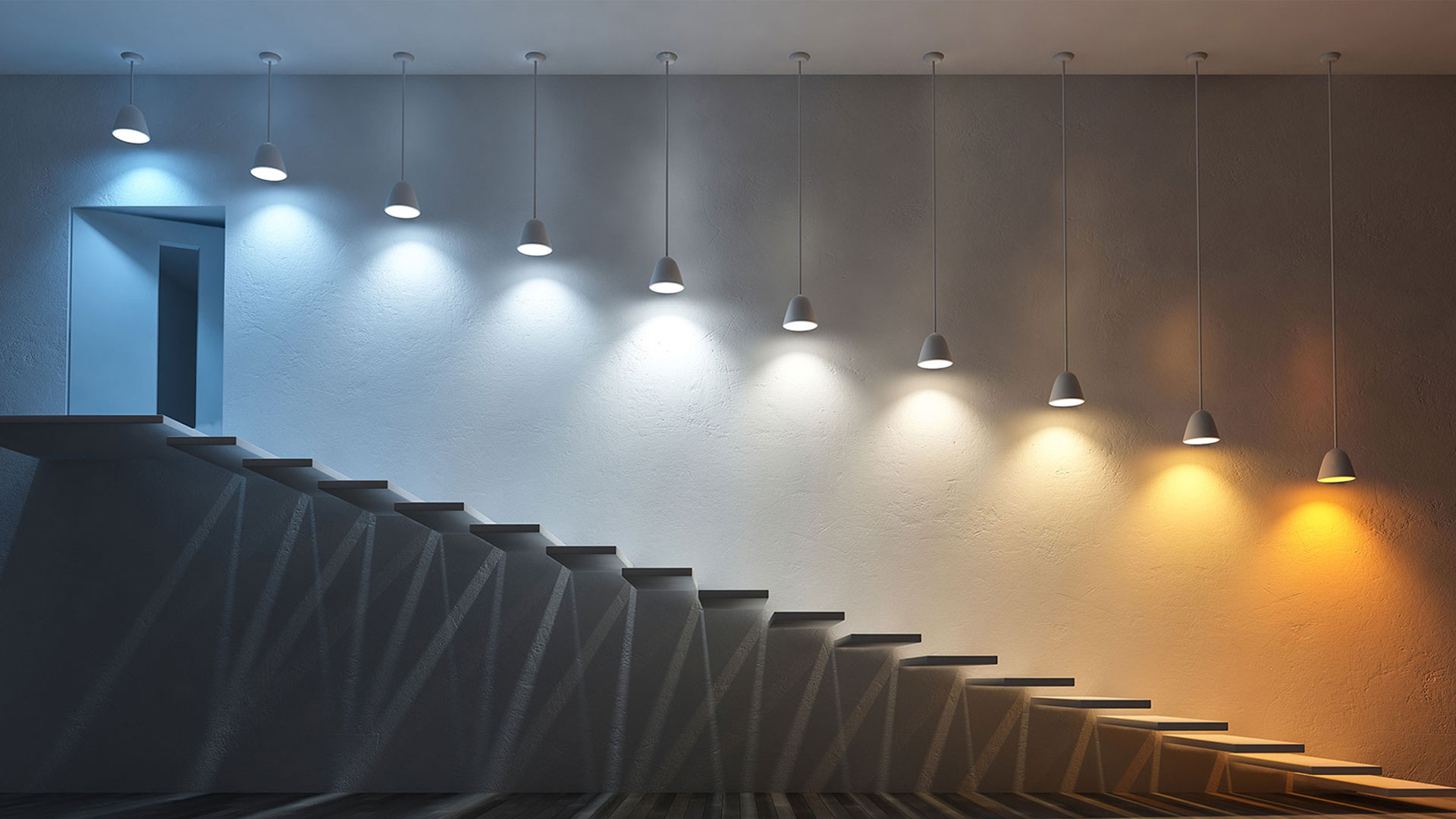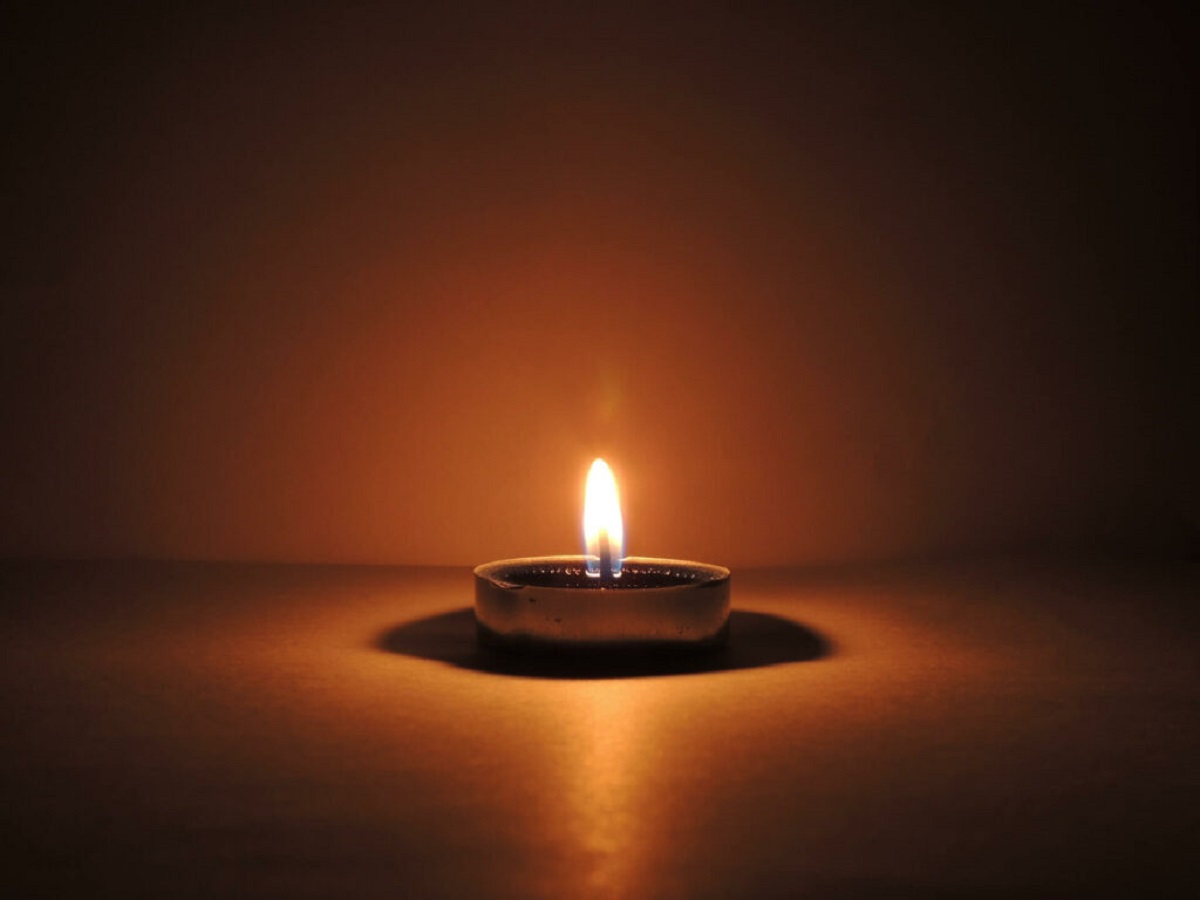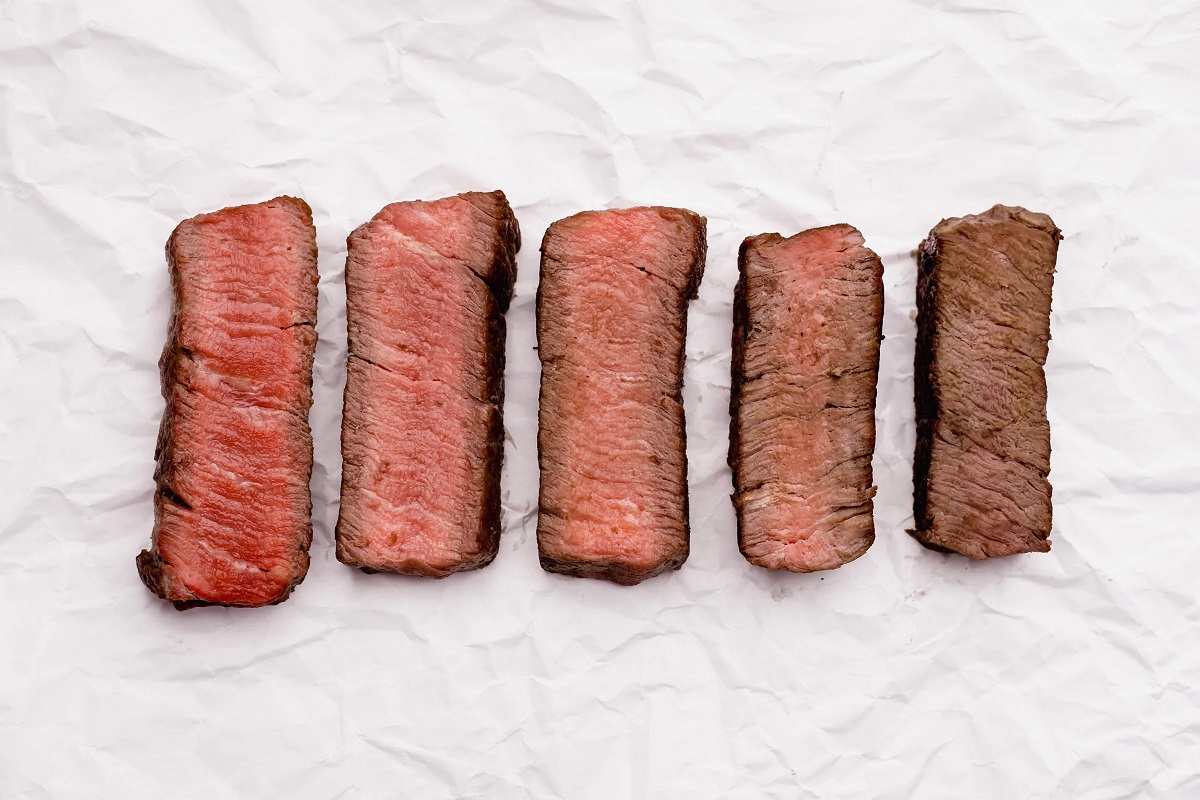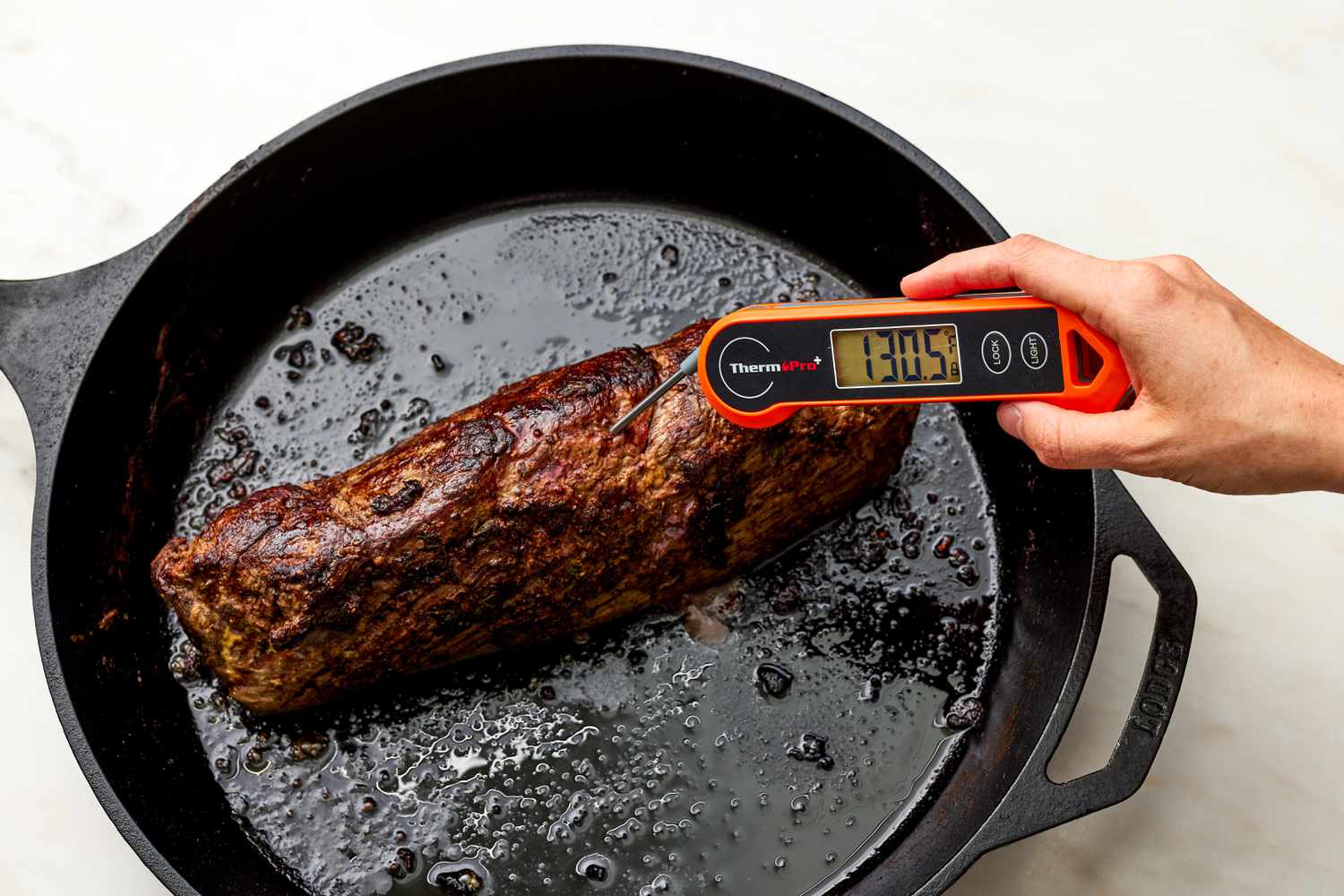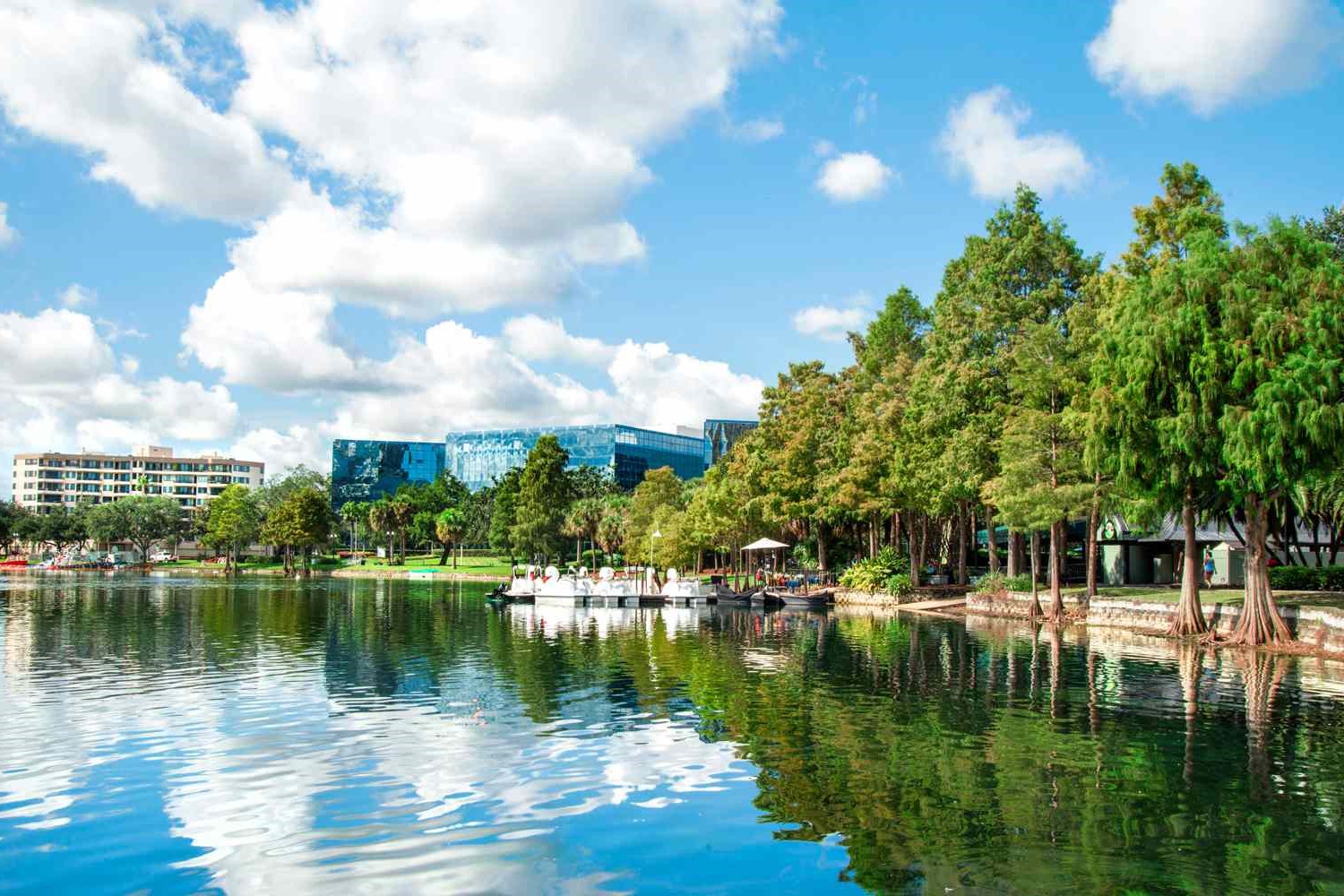Home>Art & Crafts>Cone Temperature Guide: Enhancing Your Understanding Of Cone Temperatures
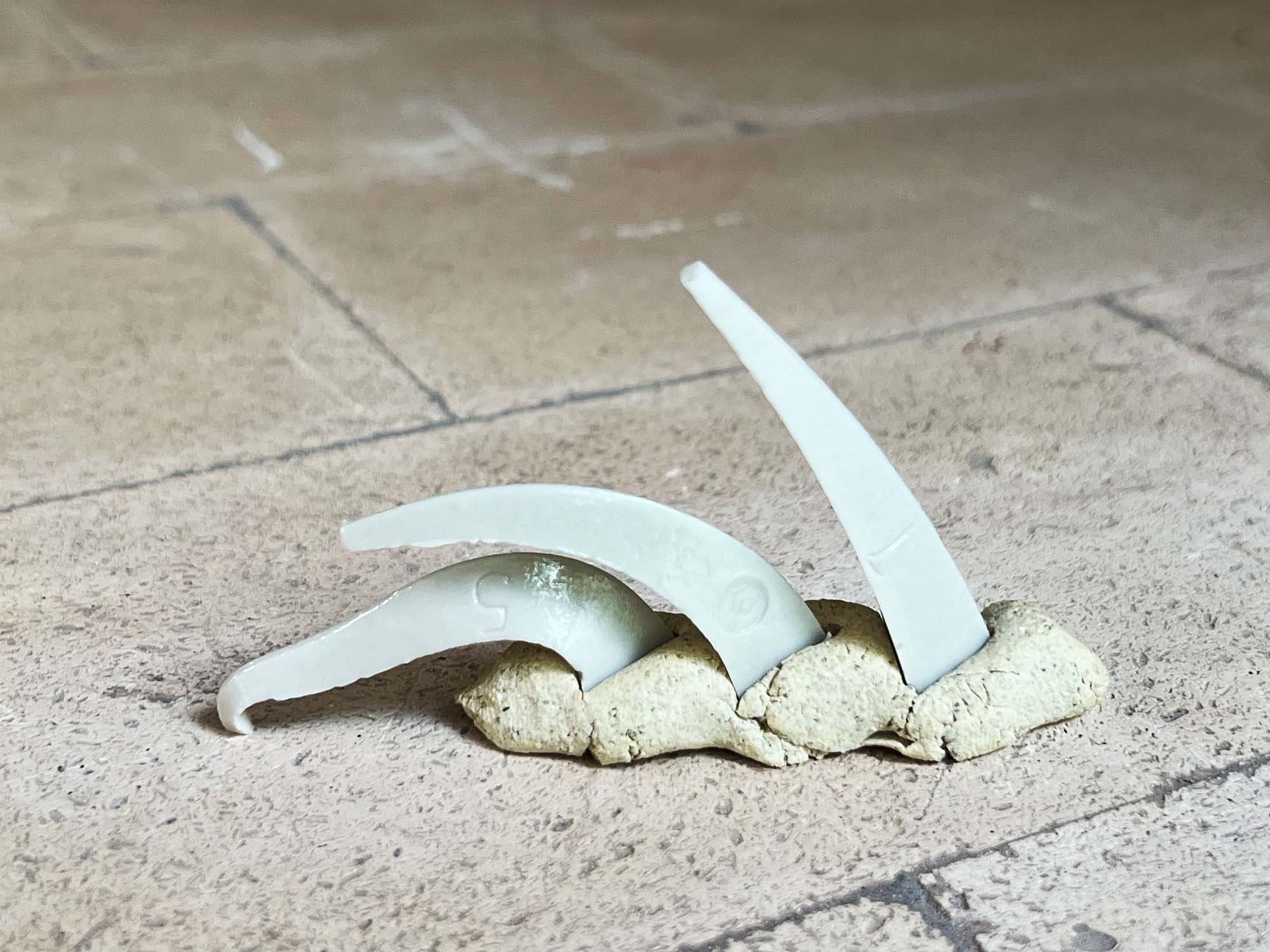

Art & Crafts
Cone Temperature Guide: Enhancing Your Understanding Of Cone Temperatures
Published: February 19, 2024
Discover the significance of cone temperatures in art and crafts with our comprehensive cone temperature guide. Enhance your understanding of cone temperatures and their impact on your creative projects. Explore the art of firing and glazing with confidence.
(Many of the links in this article redirect to a specific reviewed product. Your purchase of these products through affiliate links helps to generate commission for Temperatures.com, at no extra cost. Learn more)
Table of Contents
Introduction
Understanding cone temperatures is essential for anyone involved in the art of ceramics. Whether you are a seasoned ceramic artist or just starting out, grasping the concept of cone temperatures is crucial for achieving the desired results in your pottery and ceramic projects. This comprehensive guide will delve into the intricacies of cone temperatures, providing you with valuable insights into their significance and practical applications.
Cone temperatures play a pivotal role in the firing process of ceramics, influencing the final outcome of the pieces being created. By comprehending the nuances of cone temperatures, artisans can effectively manipulate the firing process to achieve specific results, such as the desired level of glaze maturity and clay vitrification.
Throughout this guide, we will explore the various aspects of cone temperatures, including their ranges, significance in ceramics, and the factors that influence them. Additionally, we will delve into the practical utilization of cone temperatures in kiln firing, as well as the interpretation of cone temperature charts. By the end of this journey, you will have gained a deeper understanding of cone temperatures and their indispensable role in the art of ceramics.
So, let's embark on this enlightening exploration of cone temperatures, unraveling the mysteries and complexities that surround them. Whether you are a passionate ceramic artist seeking to refine your craft or an enthusiast eager to expand your knowledge, this guide will equip you with the essential knowledge to enhance your understanding of cone temperatures and elevate your ceramic creations to new heights.
What Are Cone Temperatures?
Cone temperatures are a fundamental aspect of ceramic art and pottery, serving as a crucial measure of heat in the kiln firing process. These temperatures are represented by small pyrometric cones made from ceramic materials that are formulated to bend and deform at specific temperature ranges. As the kiln reaches the designated temperature, these cones begin to soften and bend, indicating the attainment of the desired heat level for various stages of the firing process.
The cones are labeled numerically, with lower numbers indicating lower temperatures and higher numbers representing higher temperatures. For instance, a cone labeled 018 bends at a lower temperature than a cone labeled 6. This numerical system provides a standardized and reliable method for monitoring and controlling the firing process, enabling artisans to achieve consistent and predictable results in their ceramic creations.
In addition to the numerical classification, cone temperatures are often accompanied by corresponding temperature ranges in degrees Fahrenheit or Celsius. This dual representation allows ceramic artists to interpret and apply cone temperatures with precision, ensuring the optimal firing conditions for their specific clay bodies and glazes.
It's important to note that cone temperatures are not solely determined by the heat level, but also by the duration of exposure to that heat. This means that achieving the desired cone temperature involves not only reaching the appropriate heat level but also maintaining it for the required duration to facilitate the desired changes in the clay and glazes.
In essence, cone temperatures serve as a reliable gauge for the heat treatment of ceramics, guiding artisans in achieving the desired level of vitrification, glaze maturity, and overall aesthetic qualities in their finished pieces. By understanding and harnessing the power of cone temperatures, ceramic artists can exercise greater control over the firing process, leading to the realization of their artistic vision with precision and consistency.
Understanding Cone Temperature Ranges
Cone temperature ranges encompass a spectrum of heat levels that are instrumental in shaping the physical and chemical properties of ceramic materials during the firing process. Each cone temperature range corresponds to specific transformations within the clay and glazes, ultimately influencing the final characteristics of the fired pieces. Understanding these temperature ranges is paramount for ceramic artists, as it empowers them to orchestrate the firing process with precision and finesse.
The lower cone temperatures, such as cone 022, are associated with the initial stages of firing, where the clay undergoes physical changes, including the expulsion of water and organic matter. As the temperature ascends through the range of low-fire cones, the clay gradually matures, becoming more rigid and porous, laying the foundation for subsequent glazing and decorative treatments.
Moving up the temperature scale, mid-range cone temperatures, like cone 5 and cone 6, mark a critical juncture where the clay and glazes undergo significant transformations. At these temperatures, the clay body vitrifies, reaching a state of semi-transparency and enhanced strength. Glazes, too, mature and achieve their characteristic luster and texture, culminating in vibrant and durable surface finishes.
The higher cone temperatures, such as cone 10, represent the pinnacle of the firing process, where the clay and glazes undergo complete vitrification, resulting in dense, impermeable, and durable ceramic structures. At these elevated temperatures, the chemical composition of the materials undergoes profound changes, leading to the development of unique crystalline formations and distinctive surface qualities.
Understanding the nuances of cone temperature ranges empowers ceramic artists to tailor their firing schedules to achieve specific artistic and functional objectives. By leveraging the distinct characteristics of each temperature range, artisans can imbue their creations with a myriad of aesthetic qualities, from delicate translucency to robust durability, thereby expanding the expressive potential of their ceramic artistry.
In essence, comprehending cone temperature ranges equips ceramic artists with the knowledge to harness the transformative power of heat, enabling them to craft pieces that embody their artistic vision with unparalleled depth and sophistication.
Importance of Cone Temperatures in Ceramics
Cone temperatures hold immense significance in the realm of ceramics, serving as a cornerstone of the firing process and exerting a profound influence on the final characteristics of ceramic pieces. The precise manipulation of cone temperatures is pivotal in achieving specific aesthetic, functional, and structural outcomes, thereby underscoring their indispensable role in ceramic artistry.
At its core, cone temperatures dictate the physical and chemical transformations that occur within the clay and glazes during the firing process. By adhering to prescribed cone temperature ranges, ceramic artists can orchestrate the gradual evolution of their creations, guiding the clay and glazes through sequential stages of maturation, vitrification, and crystallization. This meticulous control over the firing process empowers artisans to imbue their pieces with a diverse array of qualities, ranging from delicate translucency to robust durability, thereby expanding the expressive potential of their ceramic artistry.
Furthermore, cone temperatures play a pivotal role in ensuring the structural integrity and functional suitability of ceramic objects. By subjecting the materials to specific temperature ranges, artisans can enhance the strength, density, and impermeability of their creations, rendering them suitable for a myriad of practical applications, from functional vessels to architectural installations. This fusion of artistic expression and functional utility underscores the multifaceted importance of cone temperatures in ceramics, as they enable artisans to craft pieces that seamlessly integrate aesthetic allure with utilitarian functionality.
Moreover, cone temperatures serve as a conduit for artistic experimentation and innovation, allowing ceramic artists to push the boundaries of traditional techniques and explore new frontiers of expression. By manipulating cone temperatures, artisans can induce unique surface effects, such as crystalline formations and iridescent glazes, thereby infusing their creations with an unparalleled depth of visual intrigue and tactile allure. This fusion of artistic vision and technical precision underscores the pivotal role of cone temperatures in fostering a culture of innovation and creativity within the realm of ceramics.
In essence, the importance of cone temperatures in ceramics transcends mere technicalities, permeating every facet of the artistic process and culminating in the creation of pieces that resonate with enduring beauty, functionality, and expressive depth. By embracing the nuances of cone temperatures, ceramic artists embark on a transformative journey, where the alchemy of heat converges with the boundless potential of artistic vision, giving rise to ceramic masterpieces that stand as testaments to the enduring allure of this ancient craft.
Factors Affecting Cone Temperatures
Several factors intricately influence cone temperatures, shaping the firing process and ultimately determining the characteristics of the finished ceramic pieces. Understanding these influential factors is paramount for ceramic artists, as it empowers them to navigate the complexities of the firing process with precision and insight.
1. Clay Body Composition
The composition of the clay body exerts a profound impact on cone temperatures. Different types of clay possess varying mineral compositions and reactivity to heat, leading to distinct vitrification and maturation behaviors at specific temperature ranges. For instance, porcelain, renowned for its translucency and strength, typically requires higher cone temperatures to achieve complete vitrification compared to earthenware, which matures at lower temperatures. By comprehending the unique properties of different clay bodies, ceramic artists can tailor their firing schedules to optimize the characteristics of the chosen clay, thereby harnessing its inherent qualities to realize their artistic vision.
2. Glaze Formulation
The formulation of glazes significantly influences cone temperatures, as different glaze recipes exhibit distinct melting behaviors and maturation characteristics. Certain glazes may mature and achieve their desired aesthetic qualities at lower cone temperatures, while others necessitate higher temperatures to develop their full range of colors, textures, and surface effects. By meticulously formulating and testing glazes, ceramic artists can ascertain the optimal cone temperatures required to unleash the full expressive potential of their glaze compositions, thereby infusing their creations with a captivating array of visual and tactile qualities.
3. Firing Rate and Atmosphere
The rate at which the kiln temperature ascends, as well as the atmospheric conditions within the kiln, profoundly impacts cone temperatures. A slow firing rate allows the clay and glazes to undergo gradual and controlled transformations, promoting thorough degassing and minimizing the risk of thermal shock. Conversely, a rapid firing rate may necessitate adjustments in the cone temperatures to accommodate the accelerated heat exposure. Furthermore, the oxidation or reduction atmosphere within the kiln can influence the maturation and color development of glazes, thereby necessitating precise adjustments in cone temperatures to achieve the desired aesthetic outcomes.
4. Kiln Design and Insulation
The design and insulation of the kiln play a pivotal role in regulating cone temperatures. Kilns with superior insulation retain heat more efficiently, allowing for precise temperature control and uniform heat distribution. Conversely, kilns with inadequate insulation may exhibit temperature differentials, requiring artisans to adjust the cone temperatures to compensate for localized variations in heat distribution. By understanding the nuances of their kiln's design and thermal characteristics, ceramic artists can fine-tune their firing schedules to optimize the performance of their specific kiln, ensuring consistent and reliable cone temperature outcomes.
In essence, the interplay of these influential factors underscores the intricate nature of cone temperatures, highlighting the need for ceramic artists to approach the firing process with a nuanced understanding of the diverse elements that shape and define cone temperatures. By navigating these factors with insight and expertise, artisans can harness the transformative power of heat to realize their artistic vision with precision and finesse, culminating in ceramic creations that resonate with enduring beauty and expressive depth.
Using Cone Temperatures in Kiln Firing
Utilizing cone temperatures in kiln firing is a nuanced and intricate process that lies at the heart of ceramic artistry. The judicious application of cone temperatures empowers ceramic artists to orchestrate the firing process with precision, guiding the clay and glazes through sequential stages of transformation to achieve the desired aesthetic and functional outcomes.
Central to the effective use of cone temperatures in kiln firing is the development of comprehensive firing schedules. These schedules delineate the precise temperature ramp-up, hold times at specific temperatures, and the cooling phase, all tailored to the unique requirements of the clay bodies and glazes being utilized. By meticulously crafting firing schedules that align with the prescribed cone temperature ranges, ceramic artists can exert meticulous control over the firing process, ensuring that the materials undergo the requisite physical and chemical changes to realize the intended artistic vision.
Furthermore, the strategic placement of pyrometric cones within the kiln plays a pivotal role in monitoring and validating the attainment of desired cone temperatures. By positioning these cones at strategic locations within the kiln, artisans can ascertain the uniformity of heat distribution and the accuracy of temperature readings, thereby mitigating the risk of localized variations that could compromise the firing outcomes. This meticulous monitoring of cone temperatures through pyrometric cones serves as a safeguard against potential discrepancies, enabling ceramic artists to uphold the integrity of the firing process and the quality of the finished pieces.
Moreover, the utilization of digital kiln controllers enhances the precision and repeatability of cone temperature-based firing. These advanced controllers allow for the programmable execution of firing schedules, ensuring consistent adherence to prescribed cone temperature ranges. By leveraging digital kiln controllers, ceramic artists can streamline the firing process, minimize the margin of error, and achieve reliable and reproducible firing outcomes, thereby elevating the efficiency and efficacy of their kiln firing practices.
In essence, the strategic utilization of cone temperatures in kiln firing represents a harmonious fusion of technical acumen and artistic vision, where the alchemy of heat converges with the boundless potential of creative expression. By harnessing the transformative power of cone temperatures, ceramic artists embark on a transformative journey, where the mastery of firing schedules and the judicious placement of pyrometric cones culminate in the realization of ceramic masterpieces that resonate with enduring beauty and expressive depth.
Interpreting Cone Temperature Charts
Interpreting cone temperature charts is a fundamental skill that empowers ceramic artists to navigate the complexities of the firing process with precision and insight. These charts, often presented in graphical or tabular formats, provide a visual roadmap of the temperature ranges associated with various pyrometric cones, offering invaluable guidance for orchestrating the firing of ceramic materials.
At the heart of cone temperature charts lies a wealth of information that enables ceramic artists to make informed decisions regarding their firing schedules. Each cone temperature chart typically features a series of curves or data points, illustrating the bending behavior of pyrometric cones at specific temperature intervals. These visual representations offer a comprehensive overview of the heat work required to achieve desired clay and glaze transformations, serving as a vital reference for crafting firing schedules tailored to the unique characteristics of the materials being utilized.
By scrutinizing cone temperature charts, ceramic artists can discern critical details, such as the temperature range at which individual cones begin to bend and deform, signifying the attainment of specific heat levels. This insight allows artisans to calibrate their firing schedules to align with the prescribed cone temperatures, ensuring that the materials undergo the requisite physical and chemical changes to realize the intended artistic vision.
Furthermore, cone temperature charts facilitate the identification of temperature differentials and gradients within the kiln, enabling ceramic artists to optimize the placement of pyrometric cones for comprehensive heat monitoring. By leveraging the insights gleaned from these charts, artisans can strategically position pyrometric cones to validate the uniformity of heat distribution, thereby mitigating the risk of localized variations that could compromise the firing outcomes.
In addition, cone temperature charts serve as a valuable tool for troubleshooting firing issues and refining firing schedules. By comparing the observed bending behavior of pyrometric cones with the anticipated outcomes depicted in the charts, ceramic artists can identify discrepancies and make informed adjustments to their firing protocols, ensuring consistent and reliable firing outcomes.
In essence, the art of interpreting cone temperature charts embodies the fusion of technical acumen and artistic intuition, where the visual representation of temperature ranges converges with the boundless potential of creative expression. By mastering the interpretation of these charts, ceramic artists embark on a transformative journey, where the alchemy of heat converges with the precision of data-driven insights, culminating in the realization of ceramic masterpieces that resonate with enduring beauty and expressive depth.
Conclusion
In conclusion, the intricate realm of cone temperatures in ceramics encapsulates a profound fusion of technical precision, artistic vision, and transformative potential. Throughout this comprehensive guide, we have delved into the multifaceted significance of cone temperatures, unraveling their pivotal role in shaping the physical and aesthetic qualities of ceramic pieces. From the foundational understanding of cone temperatures to the strategic utilization of firing schedules and the interpretation of temperature charts, we have embarked on a journey that illuminates the indispensable nature of cone temperatures in the art of ceramics.
By comprehending the nuances of cone temperature ranges, ceramic artists gain the capacity to orchestrate the firing process with finesse, guiding the clay and glazes through sequential stages of maturation, vitrification, and crystallization. This mastery over cone temperatures empowers artisans to imbue their creations with a diverse array of aesthetic and functional qualities, from delicate translucency to robust durability, thereby expanding the expressive potential of their ceramic artistry.
Moreover, the factors influencing cone temperatures, such as clay body composition, glaze formulation, firing rate, and kiln design, underscore the intricate interplay of elements that shape and define the firing process. By navigating these influential factors with insight and expertise, ceramic artists can harness the transformative power of heat to realize their artistic vision with precision and finesse, culminating in ceramic creations that resonate with enduring beauty and expressive depth.
The strategic utilization of cone temperatures in kiln firing represents a harmonious fusion of technical acumen and artistic vision, where the mastery of firing schedules and the judicious placement of pyrometric cones culminate in the realization of ceramic masterpieces that stand as testaments to the enduring allure of this ancient craft.
In essence, the art of interpreting cone temperature charts embodies the fusion of technical acumen and artistic intuition, where the visual representation of temperature ranges converges with the boundless potential of creative expression. By mastering the interpretation of these charts, ceramic artists embark on a transformative journey, where the alchemy of heat converges with the precision of data-driven insights, culminating in the realization of ceramic masterpieces that resonate with enduring beauty and expressive depth.
Ultimately, the profound significance of cone temperatures in ceramics transcends mere technicalities, permeating every facet of the artistic process and culminating in the creation of pieces that resonate with enduring beauty, functionality, and expressive depth. By embracing the nuances of cone temperatures, ceramic artists embark on a transformative journey, where the alchemy of heat converges with the boundless potential of artistic vision, giving rise to ceramic masterpieces that stand as testaments to the enduring allure of this ancient craft.

